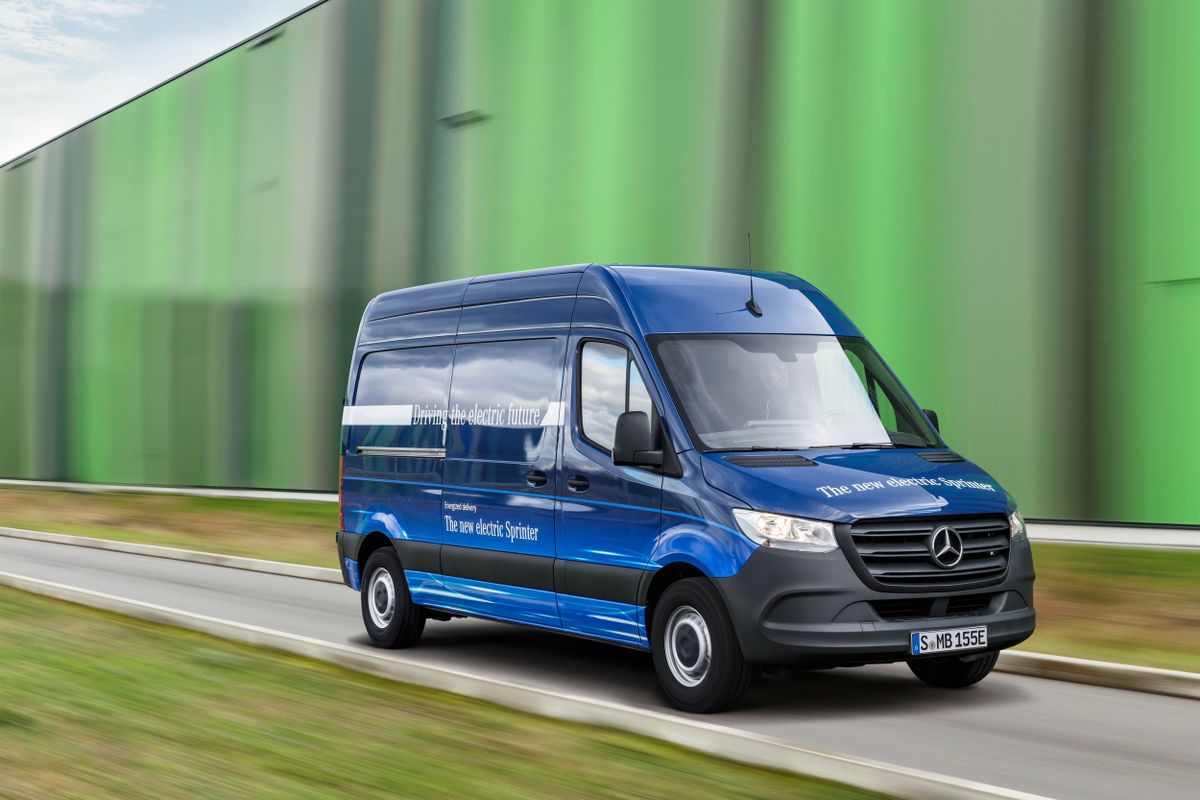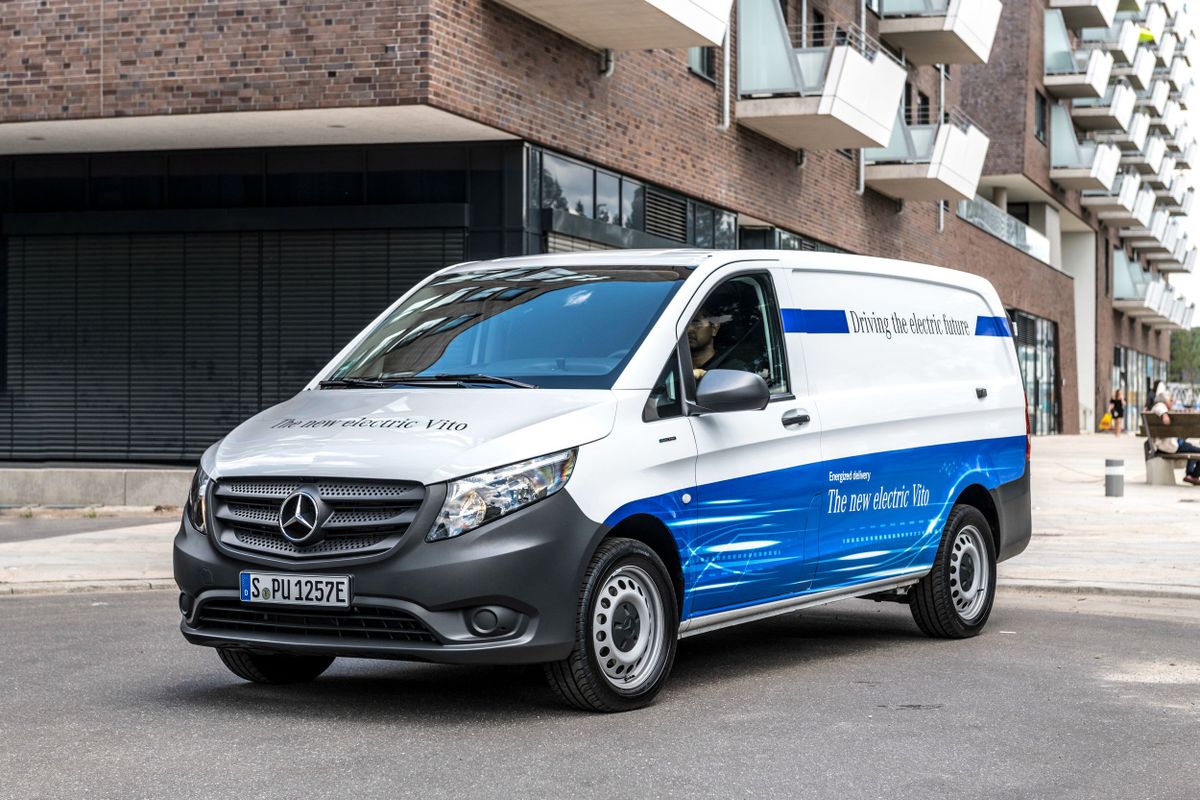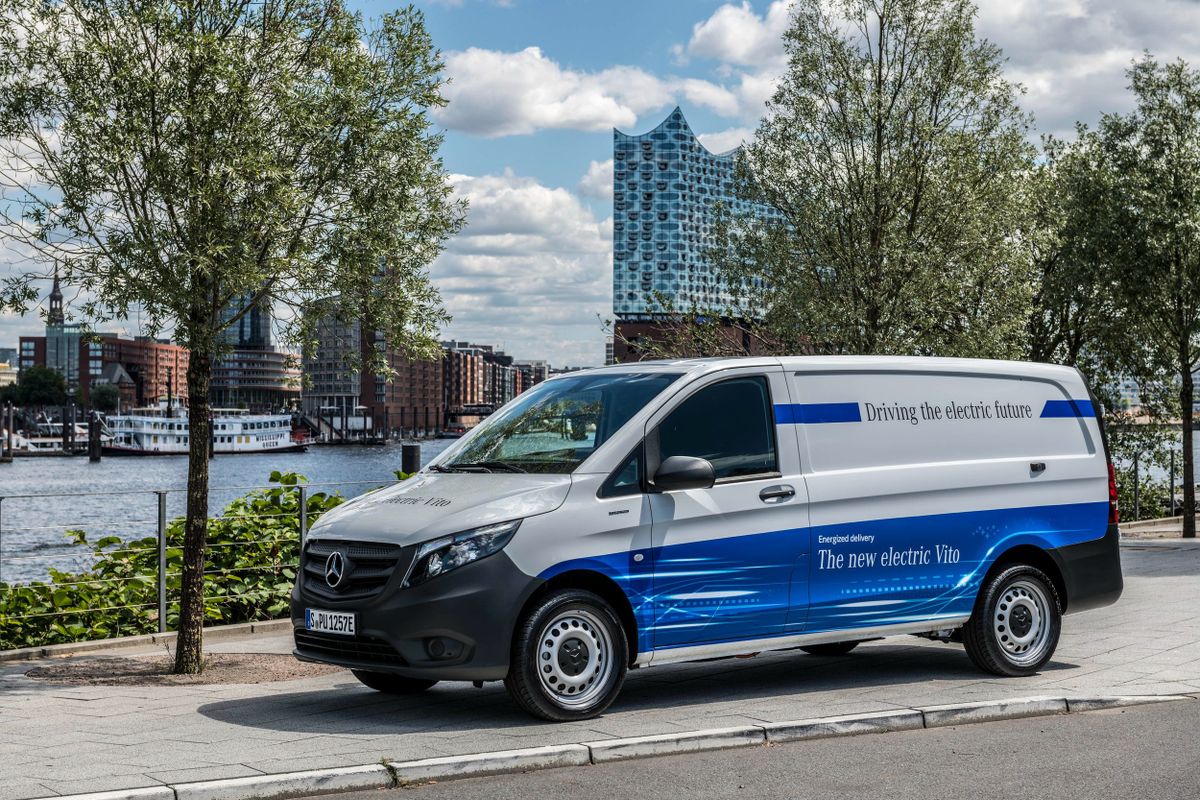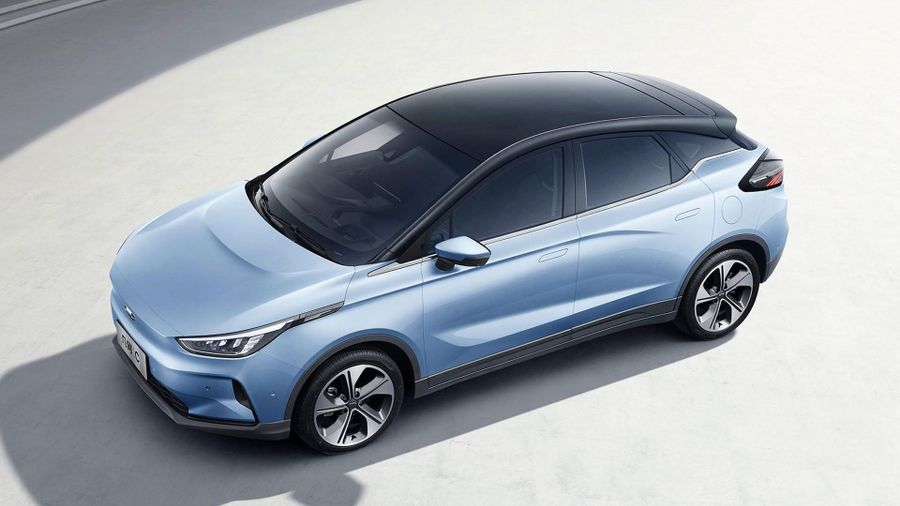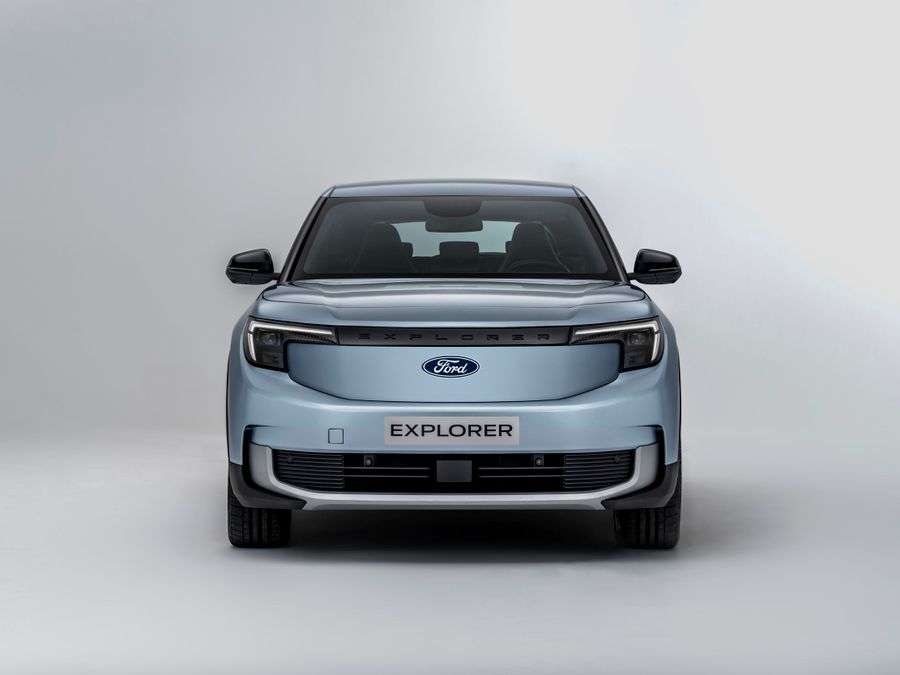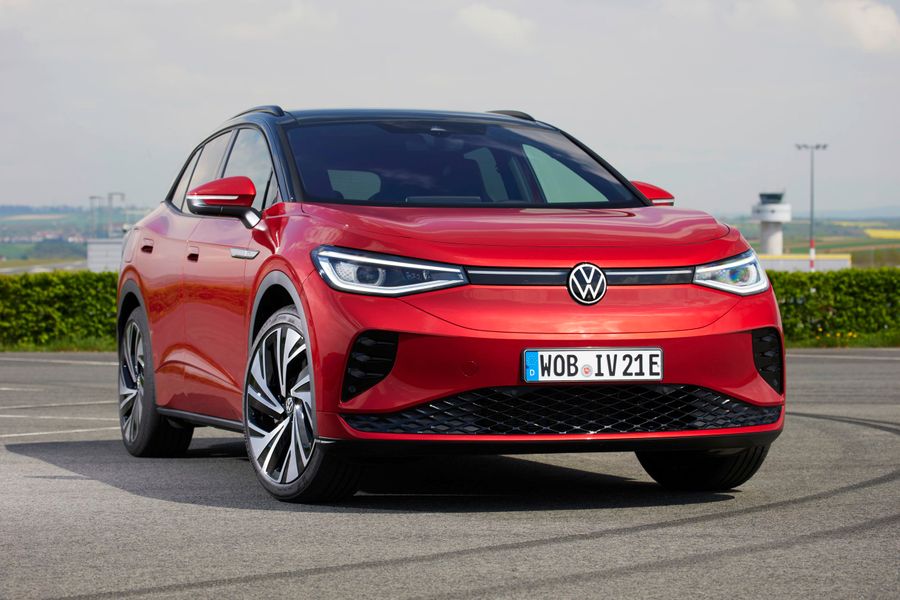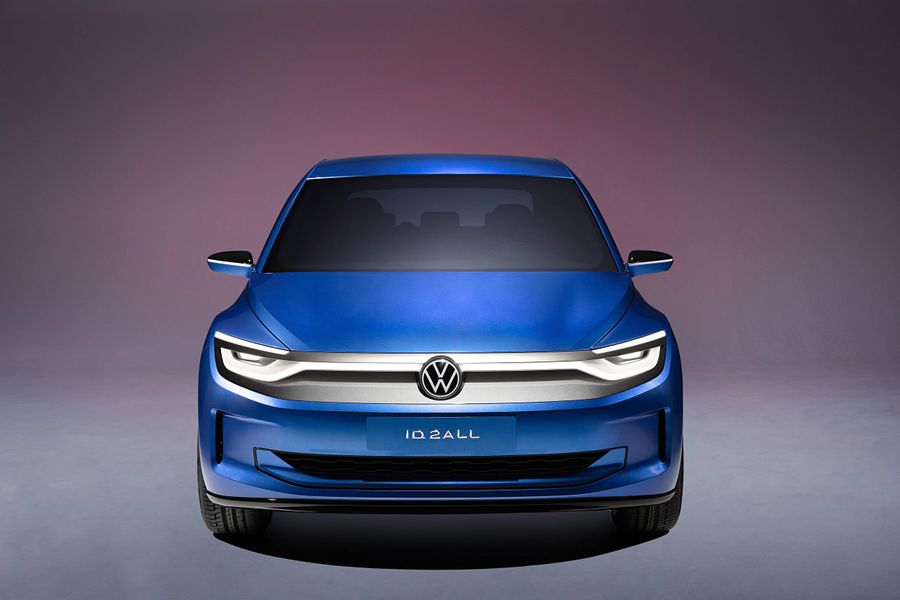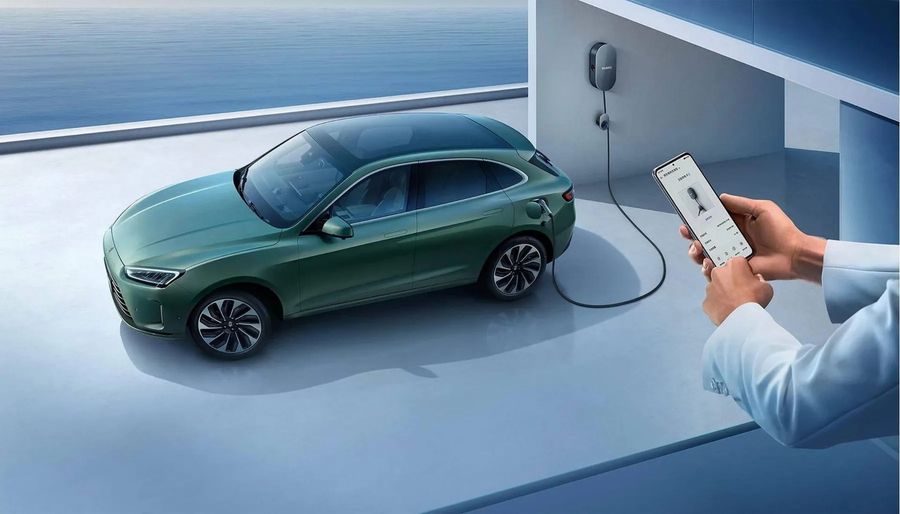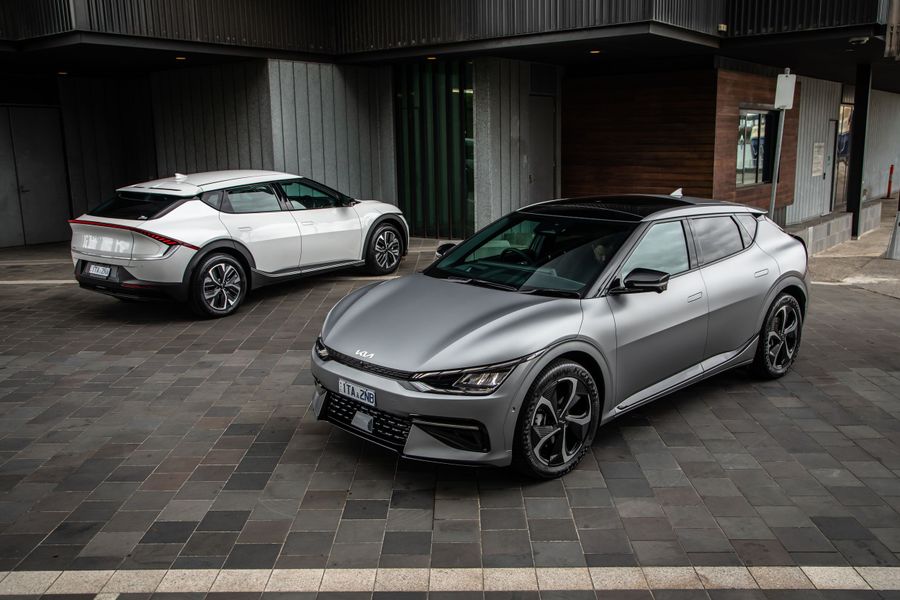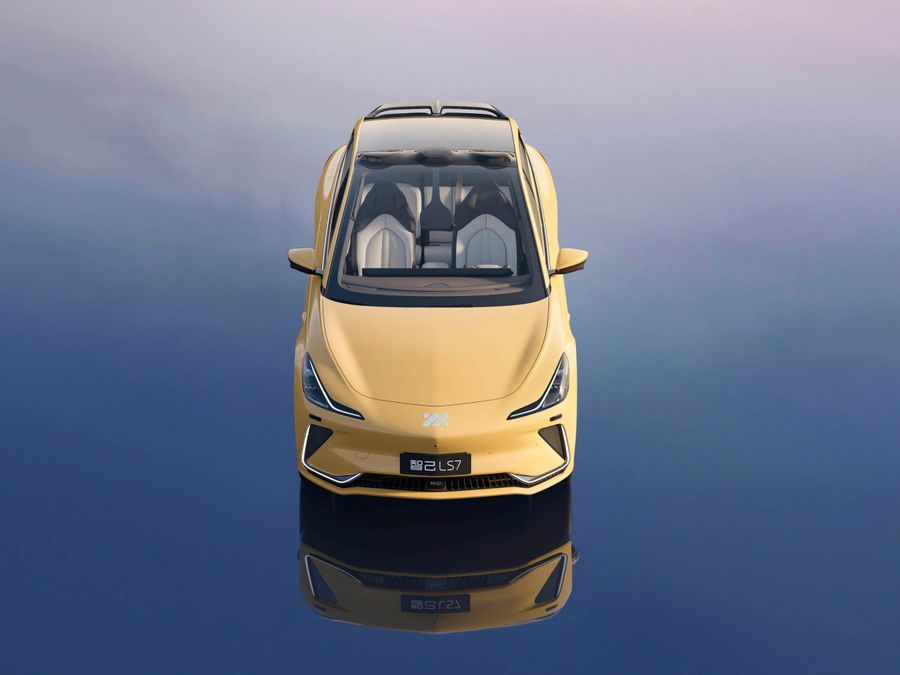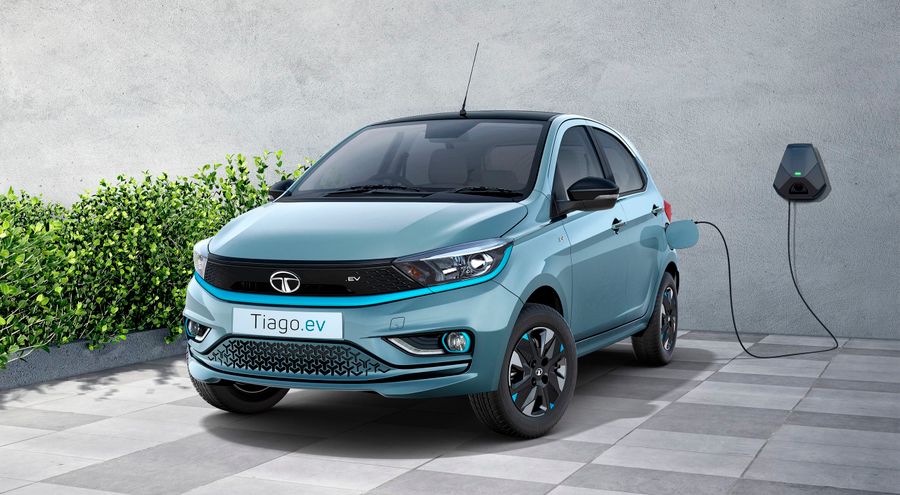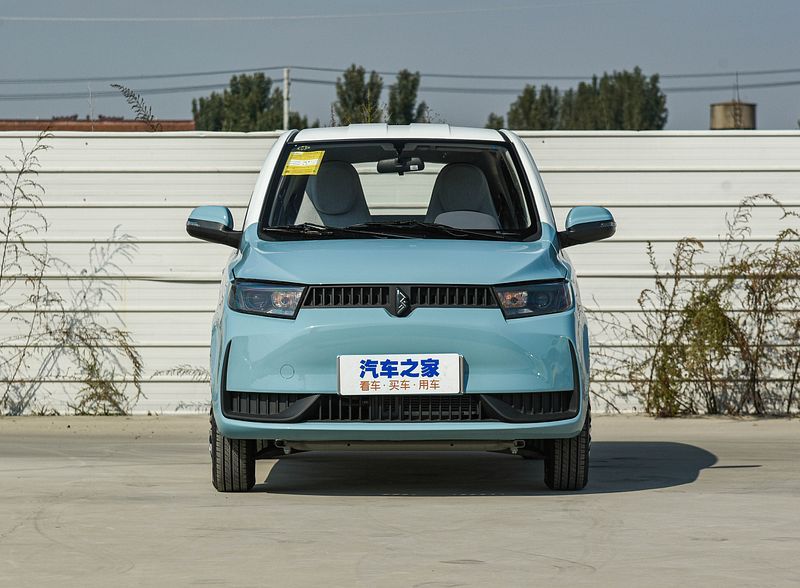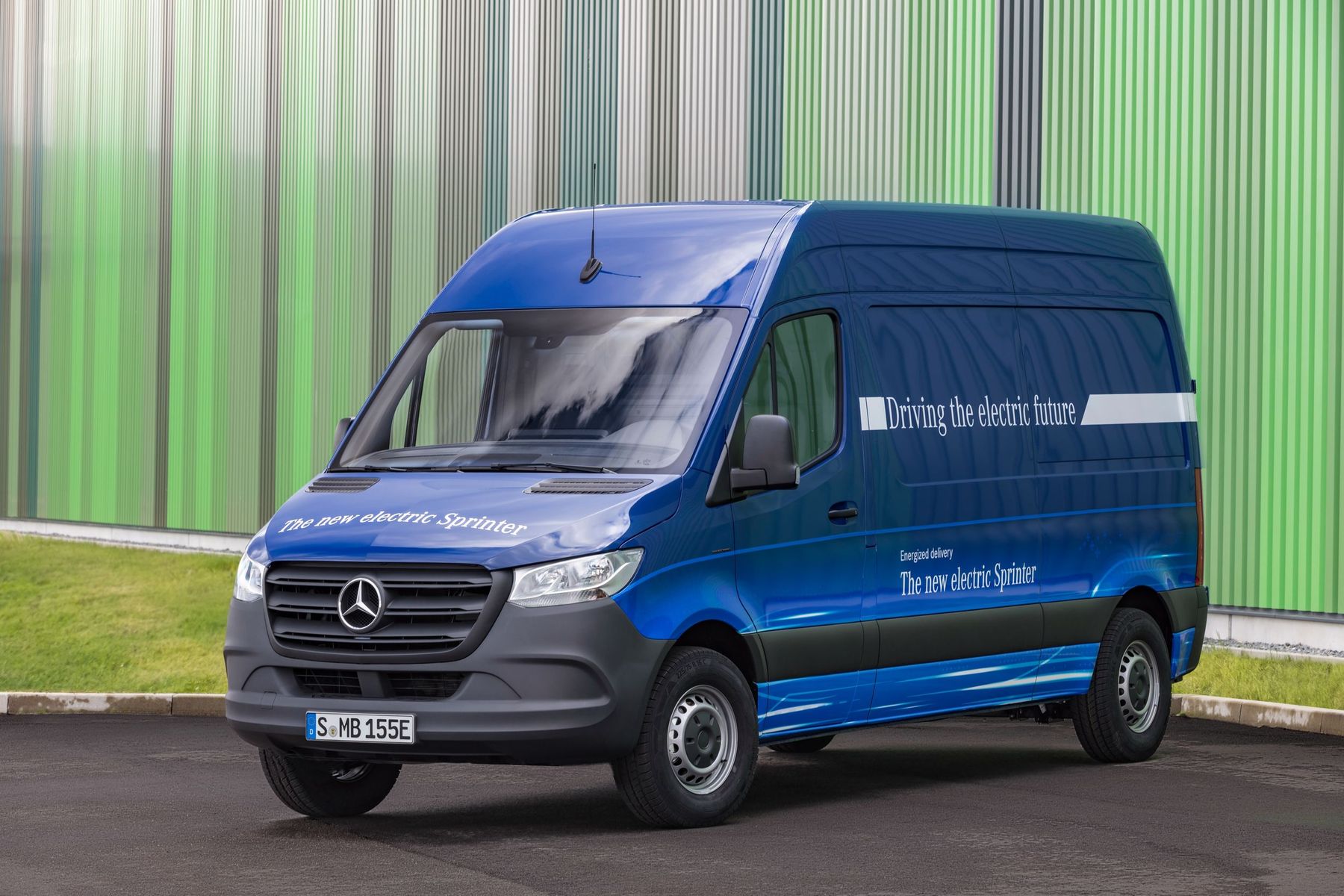
Mercedes e-Sprinter. Promising electric van
The Mercedes e-Sprinter is an electric van, serially produced since 2019. The model is based on the regular well-known Sprinter. The manufacturer has released two short wheelbase versions with a high roof and front-wheel drive. The electric Sprinter enjoys popularity in Europe and even has new versions. For example, an ambulance was built on its basis in Germany. The cost of a Mercedes e-Sprinter in Germany reaches 51,500 euros for a panel van with a total weight of 3.5 tons and a cargo compartment volume of 11 m³. It can also be a side-truck, a passenger car, or a special service vehicle.
Daimler needs to increase the share of electrified models in their range, because the new European environmental regulation requires a sharp reduction in average carbon dioxide emissions and threatens with multimillion-dollar fines. And the Germans are doing their best. Currently, Mercedes' electric commercial vehicles occupy more than 30% of the market for such vehicles. And with the e-Sprinter, the Germans will begin a powerful expansion into the markets of the USA, China and Canada. Moreover, the new e-Sprinter is only the first fruit, and the model will be further developed in the future.
The Mercedes Sprinter is a large family of Mercedes-Benz vans. There are four body lengths, three wheelbases, three roof heights, and dual or single wheels on the rear axle. Carrying capacity of the chassis is up to 3,350 kg. A large number of modifications are available: passenger minibus, fixed-route taxi (19+7 seats), intercity minibus (up to 20 seats), cargo van, side-truck, refrigerated truck, specialized vehicles (ambulance, mobile headquarters, manipulator, crane), etc. There are options with all-wheel drive and automatic transmission. Or you can buy a chassis separately and build anything on its basis, for example, a mobile home.
Mercedes-Benz Vans have already announced that the next electric Sprinter will be built on an all-new Electric Versatility Platform with an investment of €350 million. It promises more practicality for customers, a wider range of versions and equipment options, as well as lower production costs.
The architecture of the new electric van will be divided into three modules. The front one will be used for the power electronics, high-voltage wires and control unit, the central one will be for the batteries laid under the floor panel, and the rear one will be for the electric motor. The manufacturer promises that the buyers will be able to choose two wheelbase options and three types of traction batteries with different capacities. The latter will have a direct effect on the carrying capacity of the e-Sprinter, which varies from 891 to 1,045 kg.
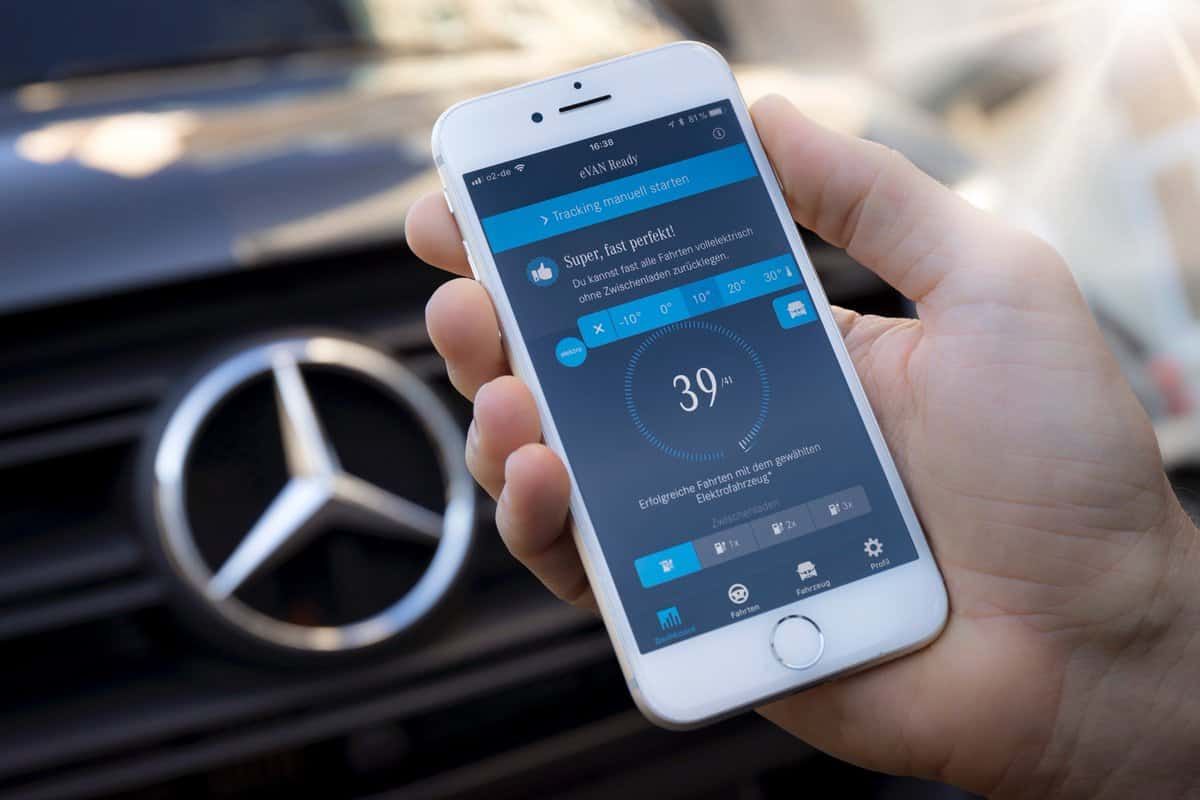
Mercedes-Benz Sales has developed a special free mobile application eVAN Ready that will allow you to determine whether the characteristics of an electric van are suitable for your business. The ap records all trips, analyzes them and compares them with the parameters of the e-Vito and e-Sprinter models. And in the end it gives an answer whether it is possible to save money by buying environmentally friendly vans.
Let’s compare the e-Vito and e-Sprinter
Mercedes already has a similar electric van, the eVito, and now there will be an eSprinter. Let’s compare these two models.
- The new e-Sprinter is larger than the e-Vito. The e-Sprinter has the following dimensions: the cargo compartment volume is 10.5 m³, the total weight of the van is 3,500 kg, the length from bumper to bumper is 5,932 mm, and the wheelbase is 3,924 mm.
- The e-Sprinter features the same powertrain as that of the e-Vito minivan: a 114-horsepower electric motor with a torque of 295 Nm is installed on the front axle, and a traction battery with a capacity of 41 or 55 kWh is located under the floor. The maximum speed is 120 km/h.
- The company believes that a driving range of 150 km is sufficient for electric low-tonnage vehicles, as they are designed to drive along city streets, and it is hard to drive more in a day in the city. The E-Vito with a 41 kWh battery is designed for approximately this driving range. With the base battery, the range of the electric Sprinter is only 115 km, and the carrying capacity reaches 1,040 kg. With a 55 kWh battery, the weight of the maximum permissible load drops to 900 kg, but the autonomy increases to 168 km.
- With a quick charger, the e-Sprinter battery can be recharged from 0 to 80% in just 30-45 minutes. It will take you 6 hours to charge the smaller battery from a 7.2 kW AC wall charger, and the bigger one can be charged in eight hours. The battery packs themselves (three or four, depending on capacity) are produced by the German company Accumotive. And Mercedes claims that battery cells were made in one of the Asian countries, but not in China (most likely, it is the Korean Panasonic).
- The new Mercedes e-Sprinter can be equipped with a speed limiter at 80, 100 or 120 km/h. To save power, the driver can choose one of four regenerative braking modes or reduce the output of the air conditioner.



